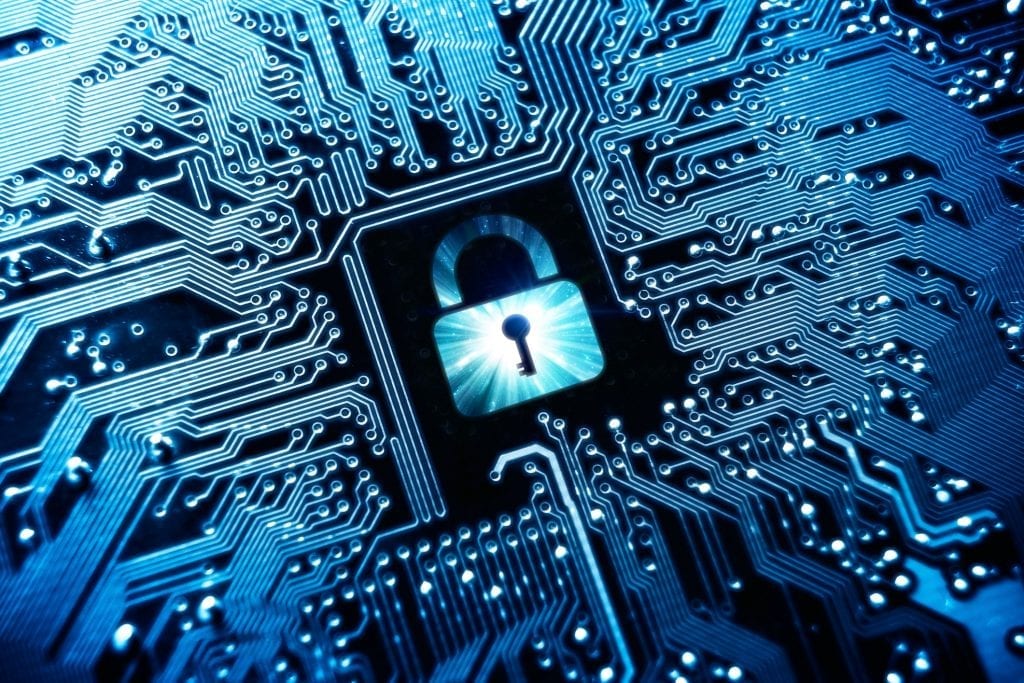Why Data Destruction is a Crucial Part of Comprehensive Cyber Security
Why Data Destruction is a Crucial Part of Comprehensive Cyber Security
Blog Article
Exploring the Value of Information Devastation in the Context of Computer Security Solutions and Protecting Confidential Data
In a period where information violations are increasingly usual, the relevance of effective information destruction can not be overstated. Organizations should adopt rigid procedures to ensure that sensitive details is not just secured during its lifecycle but likewise decisively removed when no more required. The methods employed for data eradication, paired with compliance to lawful requirements, play a critical duty in preserving confidentiality and trust fund. The ramifications of these practices expand beyond mere conformity, influencing a company's reputation and operational honesty in the digital industry. What techniques can organizations apply to improve their information devastation methods?
Understanding Data Destruction
Information devastation is an important part of computer system security that involves the long-term elimination of data from storage gadgets to stop unauthorized accessibility and potential data breaches. In a significantly electronic landscape, organizations encounter increased dangers related to delicate info being improperly accessed or made use of. Efficient information damage safeguards versus these hazards, ensuring that confidential dataâEUR" such as customer information, copyright, and financial recordsâEUR" can not be recovered after disposal.
Understanding the significance of data destruction extends beyond mere compliance with regulatory and legal frameworks; it is vital for keeping business honesty and trust fund. When data is poorly taken care of or inadequately damaged, the effects can be serious, including monetary loss, reputational damages, and lawful responsibilities.

Techniques of Information Removal

One prevalent technique is data wiping, which includes overwriting existing information with arbitrary patterns numerous times. This strategy provides the initial information irretrievable, making it a popular choice for organizations seeking to secure secret information.
Another method is degaussing, which utilizes a powerful magnetic area to interfere with the magnetic domains on storage tools, efficiently erasing the information. This approach is specifically efficient for magnetic media but is not appropriate to solid-state drives.
Physical destruction is one more durable approach, including the shredding or crushing of storage tools. This method warranties that information recuperation is basically difficult, making it ideal for highly delicate details.
Last but not least, security can offer as a complementary approach to information removal. By encrypting information before deletion, companies can include an additional layer of safety and security, making sure that also if remnants are recouped, they continue to be inaccessible without the decryption secret. Each approach must be picked based on the degree of data sensitivity and the particular safety demands of the company.
Legal Conformity and Information Safety
Organizations must browse an intricate landscape of legal requirements connected to data safety, specifically after carrying out techniques of information elimination. Various policies, such as the General Information Defense Law (GDPR) and the Medical Insurance Transportability and Accountability Act (HIPAA), enforce rigorous standards on just how companies have to deal with and dispose of delicate information. Failure to conform with these policies can bring about significant lawful effects, including considerable penalties and reputational damages.
Data damage procedures have to be carefully recorded to show compliance with appropriate regulations and standards. This paperwork not just acts as evidence of adherence to lawful responsibilities however additionally illustrates a commitment to guarding sensitive details. Organizations should likewise establish clear policies regarding information retention and damage timelines, ensuring that data is not held longer than necessary.

In addition, regular audits and assessments of data damage techniques are important to keep compliance and adapt to progressing lawful frameworks (data destruction). By proactively addressing legal demands, organizations can reduce dangers linked with data violations and demonstrate their commitment to information security. Inevitably, prioritizing lawful compliance in data destruction procedures is not just a governing commitment, but an essential element of a durable data security method
Influence On Business Credibility
The online reputation of a company can be significantly impacted by its technique to information damage and administration. In today's electronic landscape, where information breaches can happen at any kind of minute, the failure to correctly take care of sensitive info can cause extreme effects. Organizations that inadequately manage information damage danger exposing private customer info, which not just goes against personal privacy legislations yet also erodes count on among customers and stakeholders.
A ruined track record can result in lowered client commitment, as customers end up being hesitant to involve with an organization that has demonstrated neglect in protecting their data. Moreover, adverse publicity surrounding an information violation can have a lasting impact, as possible customers may be deterred by the viewed absence of security. This can result in a direct decrease in profits and market share.
In addition, companies that prioritize information damage as component of their protection technique can improve their track record by showcasing their dedication to safeguarding sensitive info. By embracing stringent data monitoring practices, companies can not only reduce threats but additionally position themselves as reliable entities in their respective markets, therefore reinforcing their overall brand picture.

Best Practices for Secure Disposal
Applying finest techniques for safe disposal of information is important for minimizing dangers related to information breaches and making certain conformity with personal privacy regulations. Organizations must take on an extensive information disposal policy that details treatments for both physical and electronic data destruction.
For physical data storage devices, such as disk drives, shredding or degaussing is advised to protect against information recovery. Furthermore, companies should preserve a chain of you can look here custodianship documents throughout the disposal procedure, ensuring responsibility and traceability of disposed things.
For digital data, using software application that complies with industry requirements for data wiping is critical. This software application needs to overwrite existing data several times, making recuperation practically difficult. It is also vital to verify the performance of the information destruction procedure through audits or third-party evaluations.
Educating workers on safe disposal practices includes another layer of security, as human mistake can typically lead to data direct exposure. Frequently examining and updating disposal plans makes sure placement with advancing laws and technological advancements. By carrying out these finest techniques, organizations can considerably lower the danger of unapproved information gain access to and improve their overall information protection technique.
Final Thought
Finally, information damage is a basic aspect of computer safety solutions that makes sure the defense of private details from unauthorized accessibility. Executing efficient approaches of data elimination, sticking to legal compliance, and identifying the influence on service reputation are vital components of a detailed information safety strategy. By embracing best methods for safe and secure disposal, organizations can foster trust fund with customers and safeguard sensitive data, eventually adding to a more protected digital landscape.
In an era where information violations are significantly usual, the value of efficient data destruction can not be overstated.Information damage is a crucial part of computer system safety that includes the permanent removal of information from storage space tools to stop unauthorized access and possible information breaches. Organizations should likewise establish clear plans regarding information retention and damage timelines, ensuring that data is not held browse around this site longer than essential.
By proactively dealing with legal requirements, companies can alleviate dangers linked with information violations and go to these guys demonstrate their commitment to data security (data destruction). Inevitably, prioritizing lawful compliance in information damage procedures is not just a regulative responsibility, however a basic aspect of a durable data safety technique
Report this page